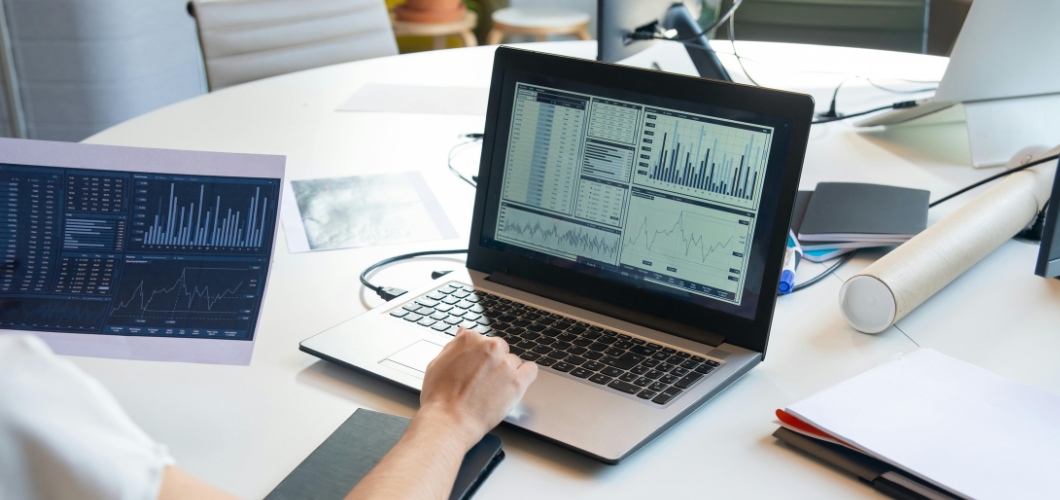Ever felt intimidated by data analysis? Stacks of numbers, complex charts, and that sinking feeling of “where do I even begin?”
Data can be really daunting, but what if I told you there’s a way to turn it into a loyal companion, one that fetches insights and valuable information?
Enter the world of Self-Service Data Analytics Tools! These tools are like magic wands for regular folks (like you and me!). They ditch the complex coding and translate that scary data into clear visuals and easy-to-understand reports.
The best part? You don’t need a doctorate in statistics to use them. These tools are designed with the average person in mind. Drag-and-drop features, intuitive interfaces, and even voice commands (because, hey, who wants to type?) make it easier than ever to explore and analyze data.
So, why should you care? Because data is everywhere, and the ability to understand it is a superpower in today’s world.
ALSO READ: How to Tell Stories with Data
Marketing Mavens
See what content resonates with your audience and tailor your campaigns for maximum impact.
Sales Superstars
Identify sales trends and predict customer needs, closing deals with laser focus.
Finance Whizzes
Track budgets, analyze spending patterns, and make informed financial decisions.
So, ditch the fear and unleash your inner data analyst. You might be surprised at the valuable insights hiding within that data. Self-service analytics isn’t just about data, it’s about unlocking your potential and transforming the way you work (and maybe even your life).



